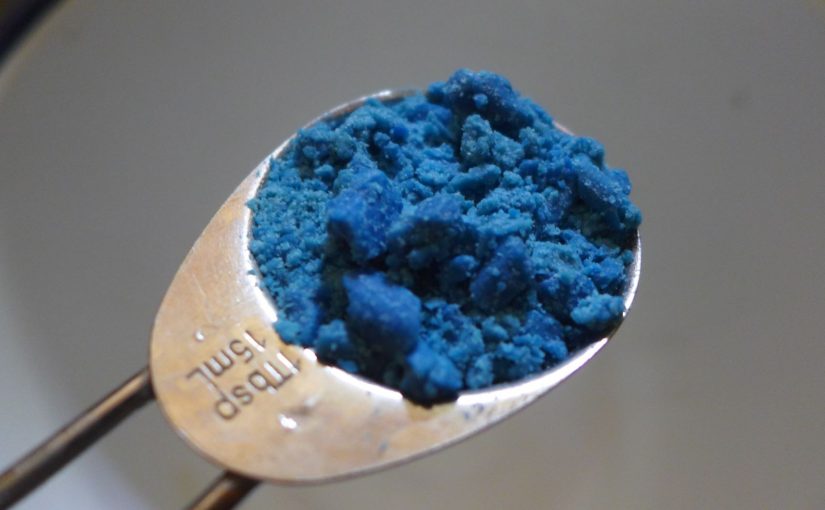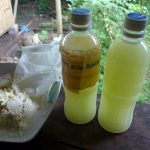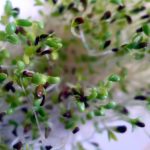Dishwashing liquid is great, it cleans, removes oil, disinfects, smells nice and foams a lot. But before the thing was invented, people did fine with laundry soap, detergent bar, detergent powder, detergent cleansers. And long before that, people used washing soda, soda ash or sodium carbonate. And way before that, until now, in some parts of the world, people have been using sand, ashes, twigs, stones, leaves and rice hull. I often use dry leaves to clean the scum, oil and dirt from the pigs’ water buckets and those work great. I have also found rice hull or even rice or large corn grits great for cleaning the inside of bottles and containers.
Lately, I decided to make my own dishwashing liquid, for use in the kitchen, for hand washing plates, glasses, cutlery and cooking utensils. Homemade dishwashing liquid works fine and is much less irritating to the hands than commercially prepared ones. If you want to give it a try, here’s three ways.
Recycled Soap Bits

Collect soap pieces, put them in a container, add a bit of water. That’s it. Great if you have a container that’s a bit wide and shallow so you can stuff a sponge in it. If you have hard water, add a half teaspoon of vinegar to the water at the rinsing stage. Just keep adding water and soap pieces as needed.
You may also use a detergent bar. Cut a small piece, stick it in a container, and use a sponge. Lately, we’ve started using a luffa gourd sponge instead of the plastic ones. Luffa gourd sponges last much longer!
Detergent Powder
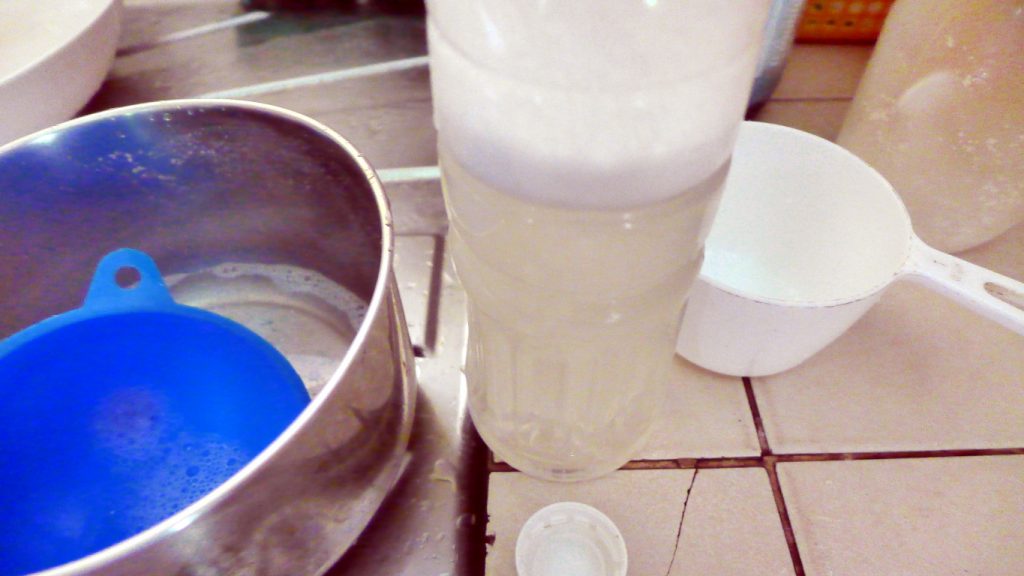
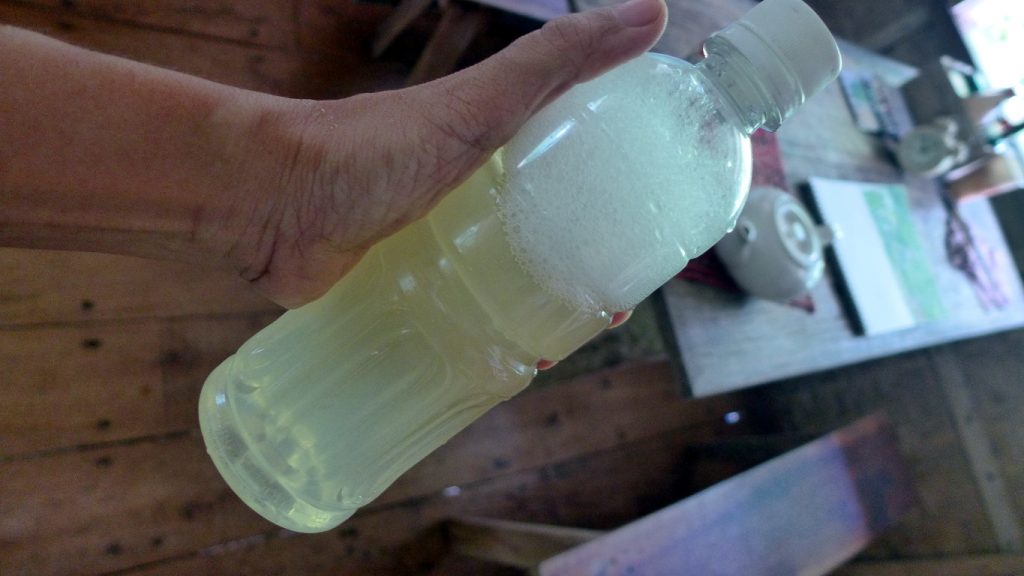
Mix a tablespoon of detergent powder with a cup of water and a half teaspoon of vinegar. Put the solution in a squeeze bottle or you can recycle plastic bottles with a hole punched on the cap. Or recycle an old liquid soap pump dispenser. Shake well before using.
Soap Flakes and Borax
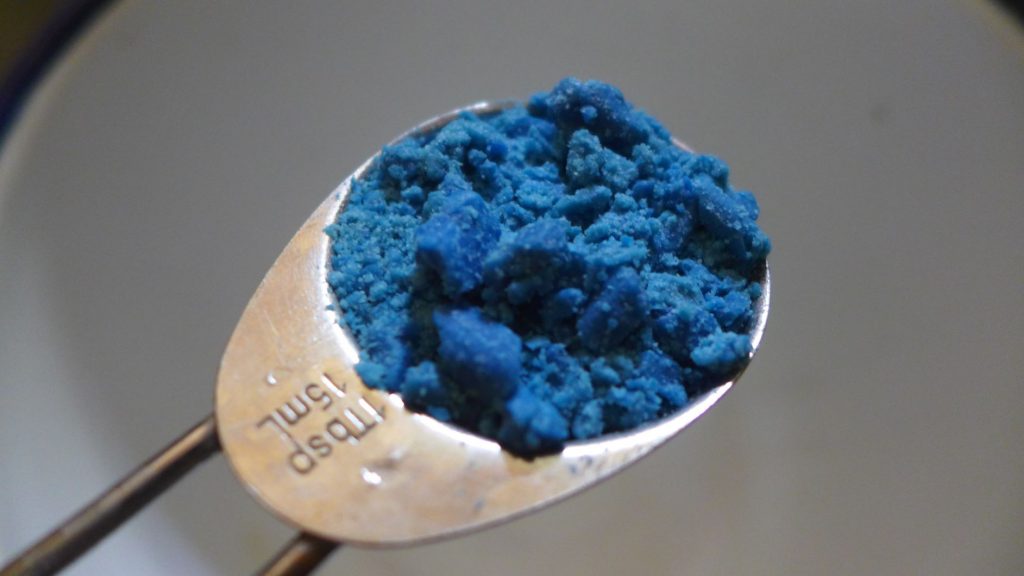

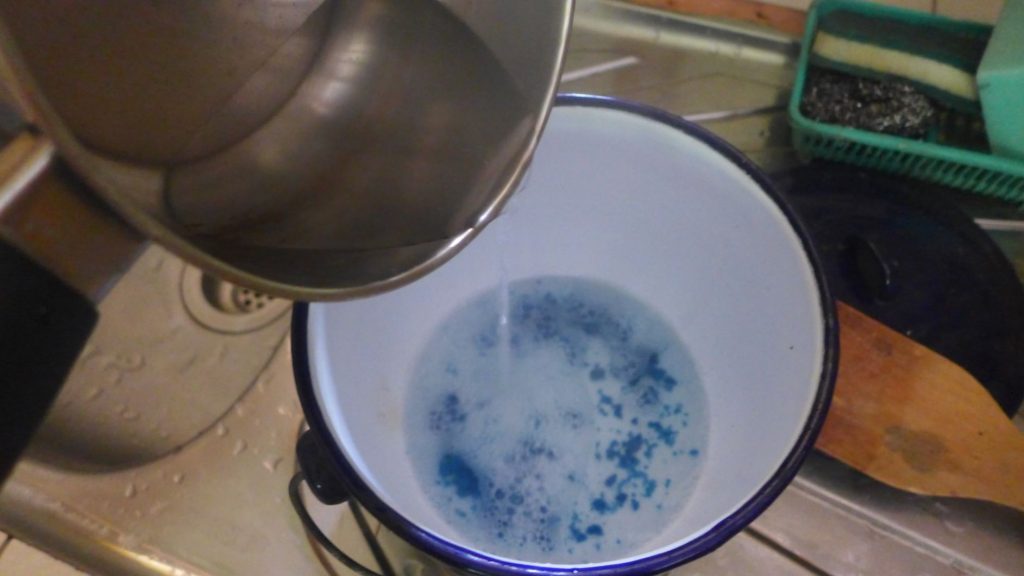
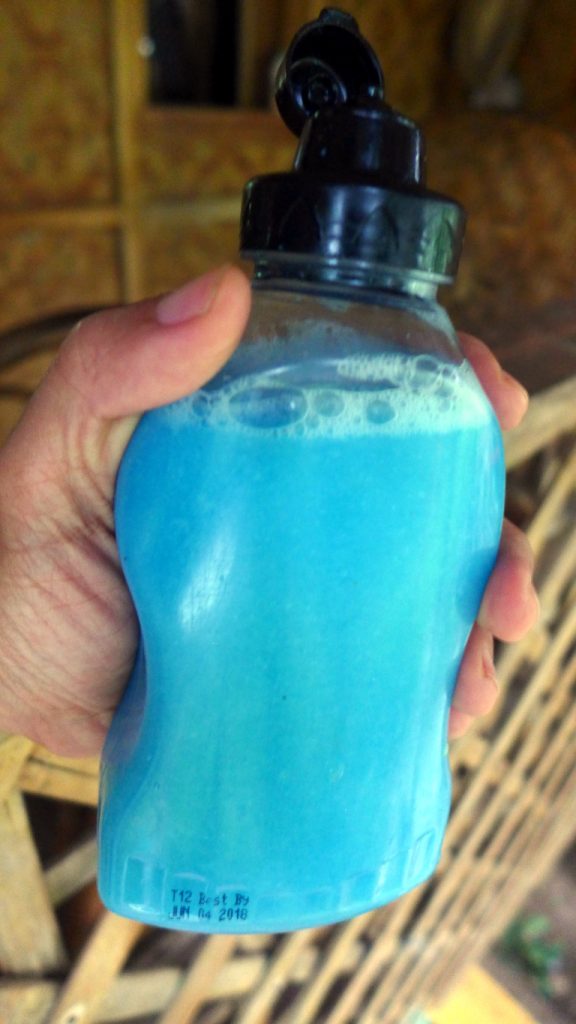
Put 1 tablespoon of soap flakes or grated soap in a stainless steel pot. Turn on the heat and simmer, while mixing with a wooden spoon. Don’t let it boil too much or the soap might start degrading. When the soap flakes are dissolved, turn off the heat and pour in 1 tablespoon of borax powder. Mix well. Let the mixture sit for overnight or several hours, stirring every now and then, until the soap is thoroughly dissolved with the borax. If you have hard water, add a half teaspoon of vinegar. Pour everything into a squeeze bottle (I use an old mustard plastic container). Always shake well before using.
Lots of Savings!
We’ve saved quite a lot by making our own dishwashing liquid. I buy the ingredient from the local supermarket:
- Soap Flakes 250 grams – 15.95
- Borax 500 grams – 30.00
So the DIY Recipe costs about 3.75 per 300ml while Joy Dishwashing Liquid costs 41.75 per 200ml. That’s a LOT of savings.
Some notes on using
In hand washing, the best procedure involves scraping away food particles and washing out the oil before using the dishwashing liquid. Additionally, most dishwashing liquid (homemade or store bought) work best when used with hot water, with washing done in the sink or a bowl. Soaking the sponge in a combination of water and dishwashing liquid work quite well too.
What is the shelf-life of homemade dishwashing liquid?
Prepare homemade dishwashing liquid in small batches. These are best when used right away or at least within a week rather than stored for weeks or months. The solution degrades over time.
Will the vinegar ‘un-saponify’ the soap?
Saponification is actually an irreversible process. But a lot of the problem with mixing large quantities of vinegar with soap in high heat is the separation of fat and the alkali solution in soap. So don’t use too much vinegar and don’t heat the soap and vinegar together. The heat shock and acid can cause the soap emulsion to degrade. If used as described in the recipe above, and you have hard water, the vinegar will bind with the calcium/magnesium ions in the water and help the soap work better.
What does borax do?
In the above recipe for dishwashing liquid, borax converts some water molecules into hydrogen peroxide which cleans, disinfects and bleaches. This is best done when washing with hot water.
I don’t have borax. Can I use hydrogen peroxide instead?
Soap and hydrogen peroxide (3% solution) mixed together is fine, but don’t prepare a large batch. Use within 7 days or less. Over time, hydrogen peroxide and soap react, degrading the solution. The mix also needs to be protected from light, so you’ll need an opaque container for the solution. Half a tablespoon of hydrogen peroxide should be enough.
If you do use hydrogen peroxide, you may add vinegar (4% acidity) but only if the hydrogen peroxide is a weak solution (3%) and a small amount of vinegar is used. Strong concentrations of hydrogen peroxide and vinegar mixed together create strong paracetic acid which is corrosive.
A word of caution
With DIY dishwashing liquid or any cleaner, be careful about mixing household chemicals. Never mix together bleach, ethyl or isopropyl alcohol, acetone, chlorine, muriatic acid, oxalic acid, ammonia, toilet cleaner or drain cleaner. These could result to dangerous combinations.
